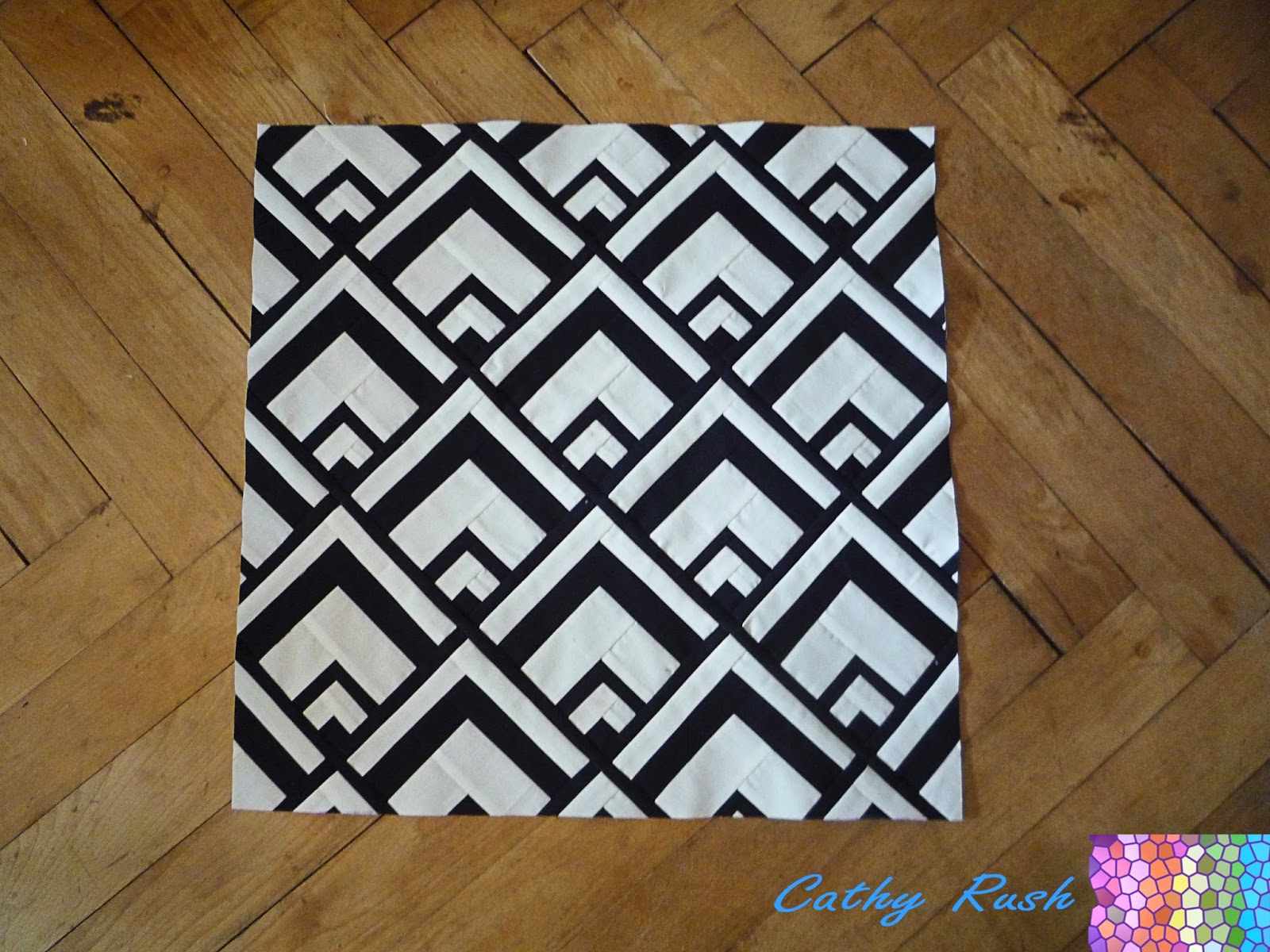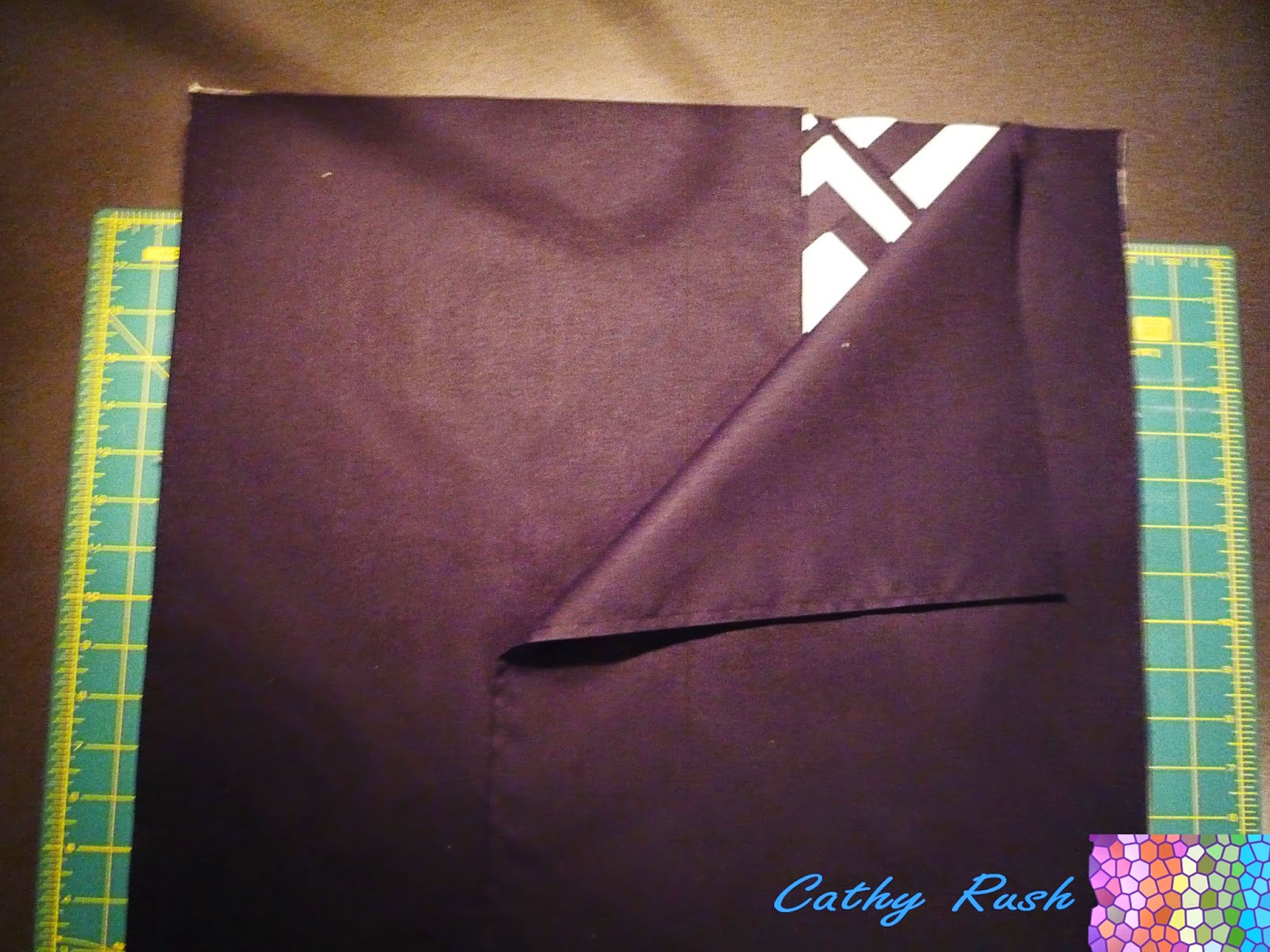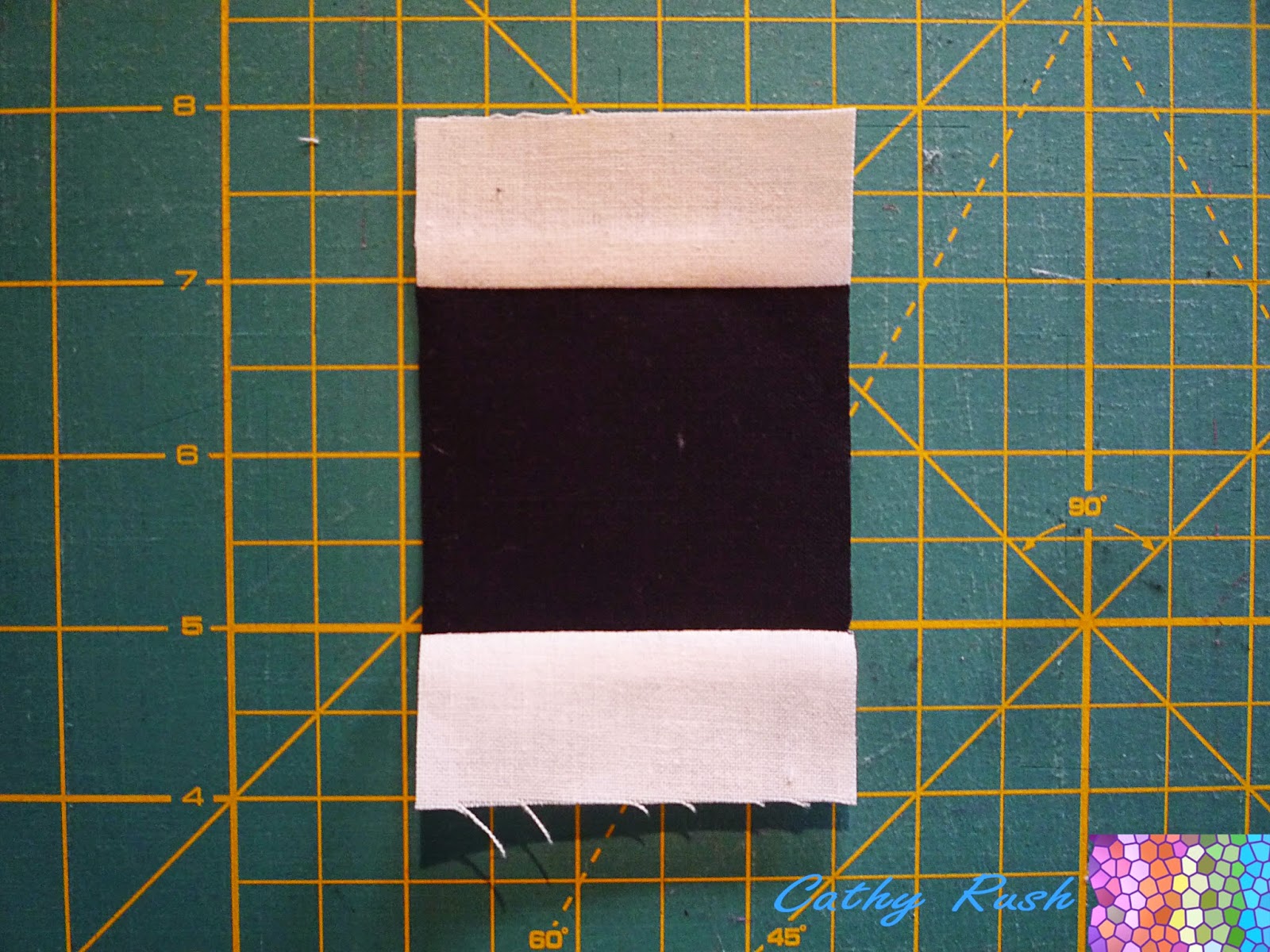With the second season finale of Under The Dome having aired earlier this week, it seems like the right time to talk about the quilts used in the series.
Looks like Mr. King knows the comfort of a quilt - or at least someone on the set does!
If you haven't seen the series yet, you might not want to read on, as there might be a few SPOILERS!
Season One
The first quilty item I spotted was in the 7th episode of the first season. Norrie's Mother, Alice, is reclining on a quilted pillow? runner? when she is dying. As far as I can tell, it isn't hand-made, but I still thought it's worth a mention.
 |
| Alice Dying in Season 1, Episode 7 |
One episode later, the "four hands" cover the egg with a quilt to hide it in the barn (one must say, that's very inconspicuous - not!). In episode 12 they also transport it to their friend's house with the same quilt. It's a beautiful Bear Claw quilt and by the looks of it, it's seen its fair share of use and washings!
 |
| Bear Claw Quilt in Season 1, Episode 12 |
Interestingly enough, a few scenes later, the quilt is replaced by another one. Was that a simple glitch or actually intended that way? Who knows, but we get to see two different quilts, so I'm not complaining!
 |
| Another Quilt in Season 1, Episode 12 |
This one is mainly made up of different 16 patches, but I can't really tell what the blocks in the middle are. Can you?
Season Two
Sadly, over half of the second season was quilt-free. Or did I miss something quilty?
In episode 10, Norrie and Joe are cuddling under a quilt, as it got colder under the dome. It's a fairly simple design, just squares sewn together. It looks more like something you can buy at Anthropologie & Co., rather than a hand-made quilt.
 |
| Norrie under a quilt in Season 2, Episode 10 |
One episode later, the population of Chester's Mill is huddling up in the High School because of the cold. There are quite a few different quilts and blankets shown:
 |
| Quilt Galore in Season 2, Episode 11 |
Unfortunately, I didn't detect any hand-made quilts in the bunch.
Have you spotted any more quilty items in Under The Dome?
All the best,
Cat.



























